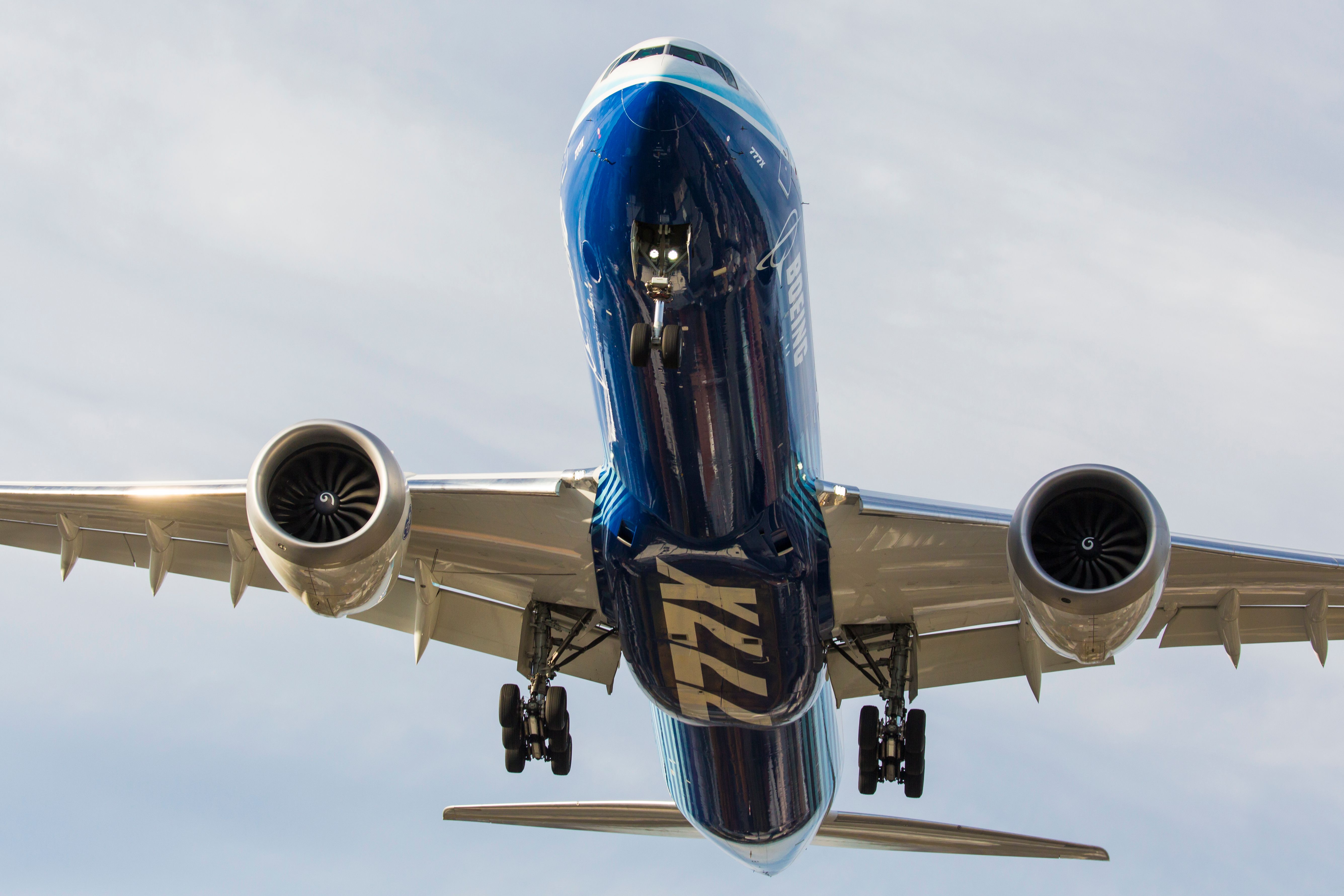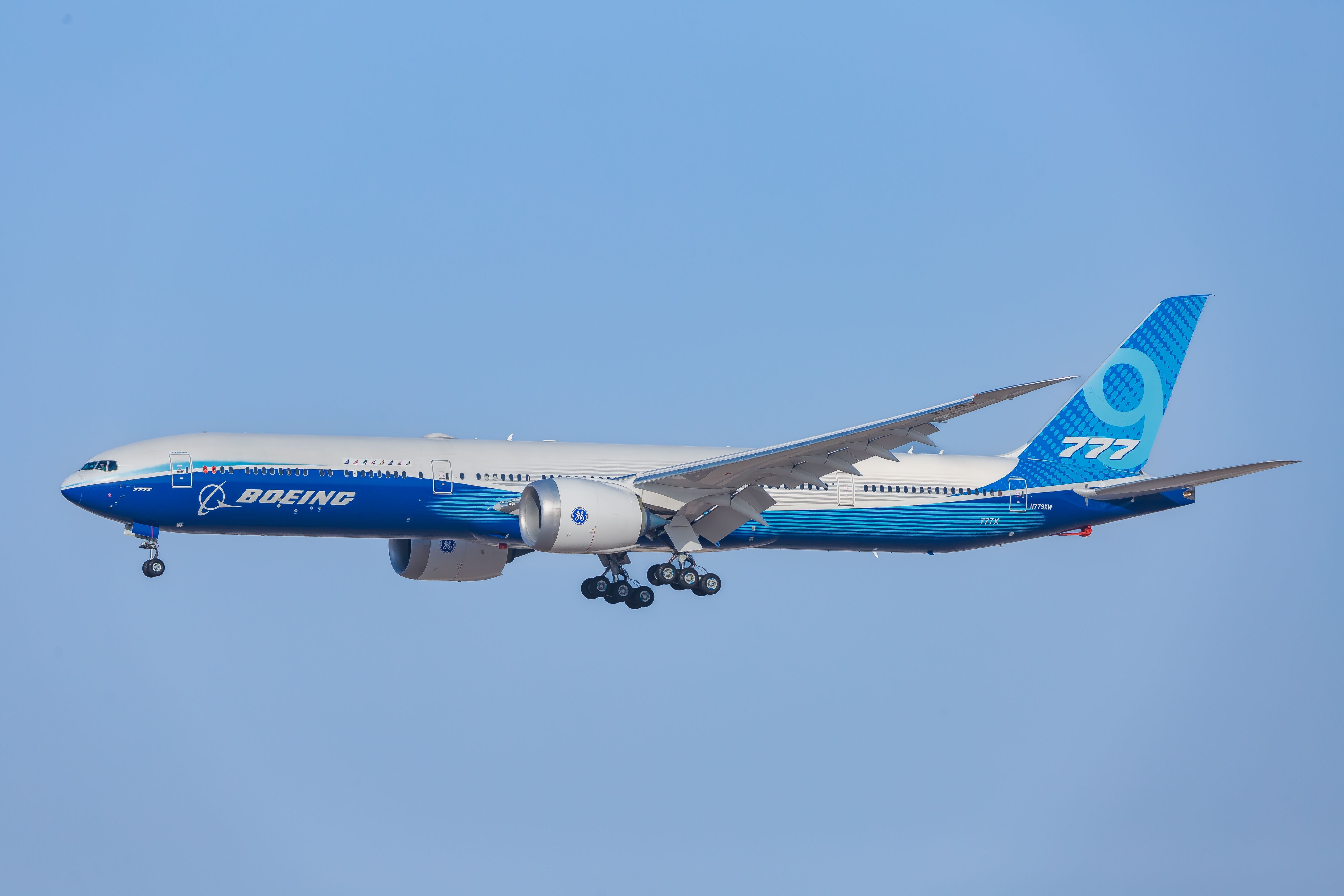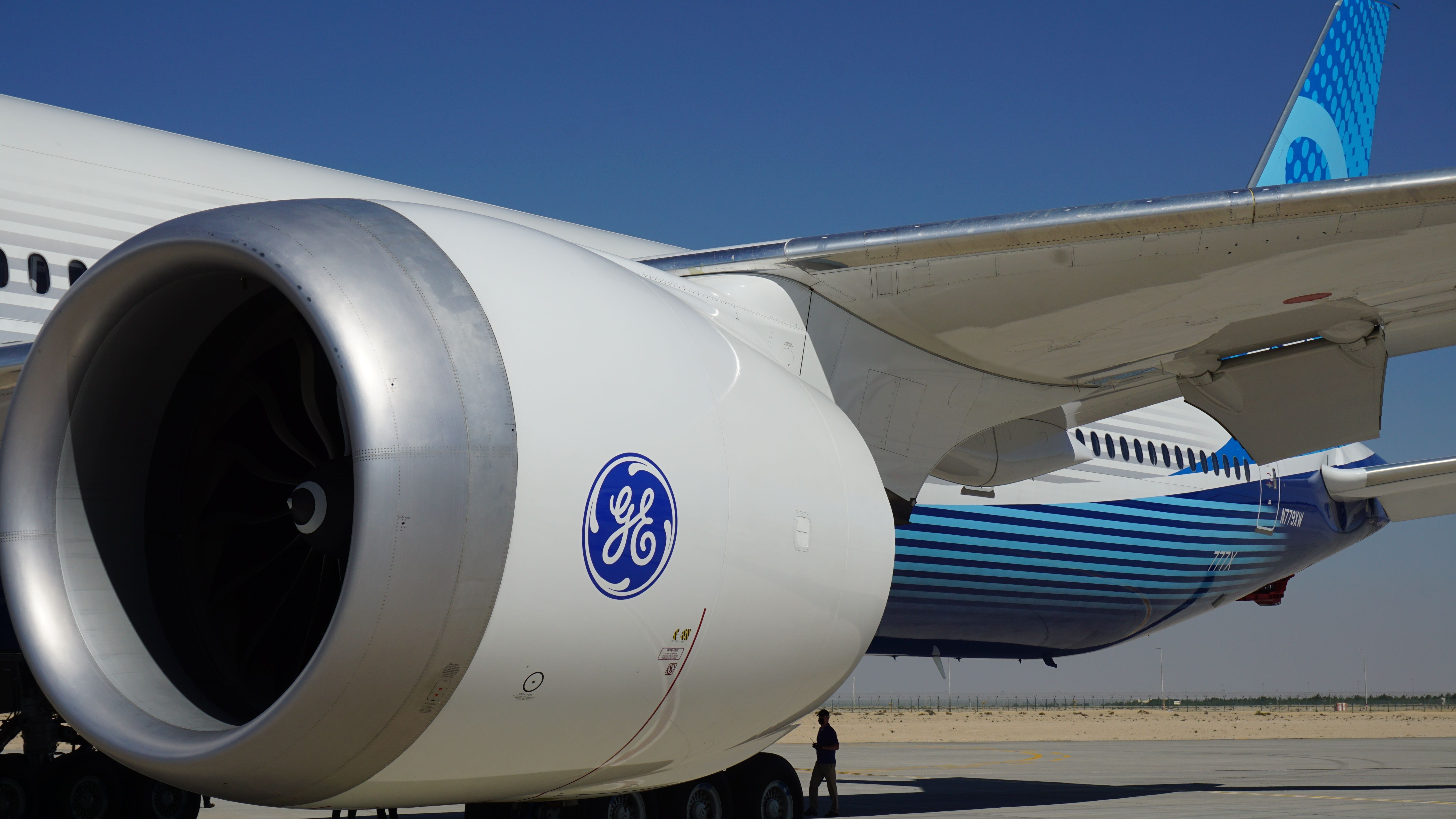Summary
- Boeing has increased the fuselage length of the 777-8, boosting passenger capacity to 395 and the range to 8,745 nautical miles.
- Sales of the 777-8 have been slow, with only 24 orders so far compared to 304 for the 777-9.
- The modification to the 777-8's design aims to close the order gap with the 777-9, but it remains to be seen if the increased capacity and range will attract more customers.
Boeing has revealed a modification to the design of its 777-8, increasing the length of the aircraft's fuselage by 3.5 feet. This has, in turn, boosted the 777-8s passenger capacity from 384 to 395 (assuming a two-class configuration), and increased its range to 8,745 nautical miles (up from 8,730 nautical miles).
Together with the 777-9, the aircraft forms part of Boeing's 777X program, which the manufacturer hopes will help it to better compete with the likes of the Airbus A350-1000. With its unique folding wingtips and 10 ft wide GE9X engines, the 777X is certainly an attention-grabbing aircraft. However, the project has been dogged by delays, already running more than five years behind schedule.
Why does the Boeing 777X have folding wing tips? Find out with this report from the Simple Flying team.
Did lower-than-expected sales lead to the change?
Sales of the 777-8 have been sluggish, which perhaps explains the modification to its design. To date, only 24 of the total 777X orders are for the -8 variant, with 304 being for the larger 777-9 and 55 for the 777-8F cargo aircraft. The 777-9 will be capable of carrying up to 426 passengers in a two-class configuration, over 40 more than the 777-8's original design, with the additional capacity proving popular among airlines.
All 24 777-8 orders have come from UAE-based carriers - eight from Etihad Airways and 16 from Emirates. However, an additional 16 777Xs on Boeing's order books in June 2023 prompted speculation that the airline had converted its 777-8 orders to the 777-9. After Emirates, Qatar Airways is currently due to be the next largest operator of the 777X, with 74 on order, followed by Singapore Airlines with 31.
Key to Boeing's long-term success
Of the two 777X passenger variants, the 777-9 is expected to enter into service in 2025, with the first delivery of the 777-8 not happening until 2027. Boeing had originally hoped the aircraft would be selected by Qantas for its Project Sunrise flights from Australia to London and New York. However, the carrier opted instead for the Airbus A350-1000.
Over the past five years, Boeing has suffered the well-documented impacts of two 737 MAX crashes and the type's subsequent grounding, delivery issues with its 787 aircraft, and the pandemic. However, earlier this year, the manufacturer began posting healthy profits once more.
The 777X program will be instrumental to Boeing's future success, and these subtle modifications to the design of the 777-8 may help the smaller of the two aircraft to close the significant order gap with its larger sibling, the 777-9. For now, it remains to be seen if the increased capacity and range can make up for the delayed delivery of the aircraft.
Get the latest aviation news straight to your inbox: Sign up for our newsletters today.
What do you think of the latest update to the Boeing 777-8? Do you think the modification will make the aircraft more popular among potential airline customers? Share your thoughts by commenting below.
Source: Aerotime Hub





